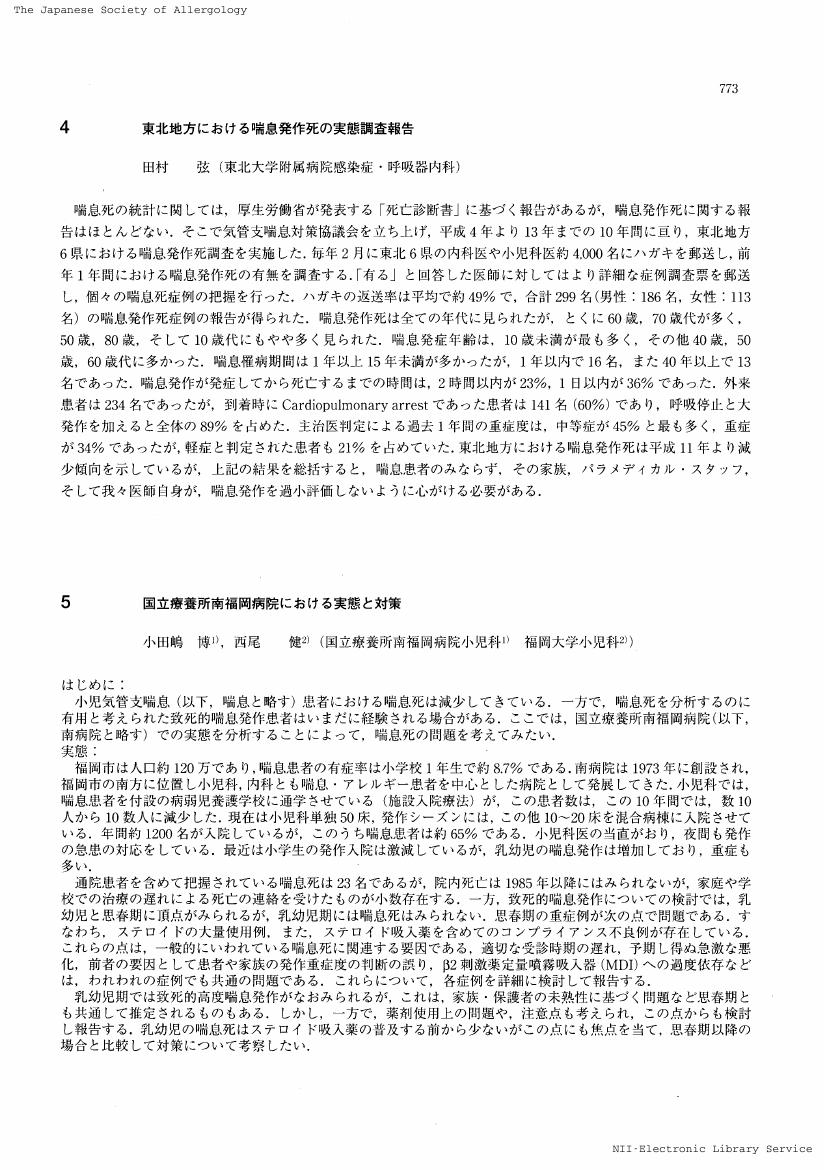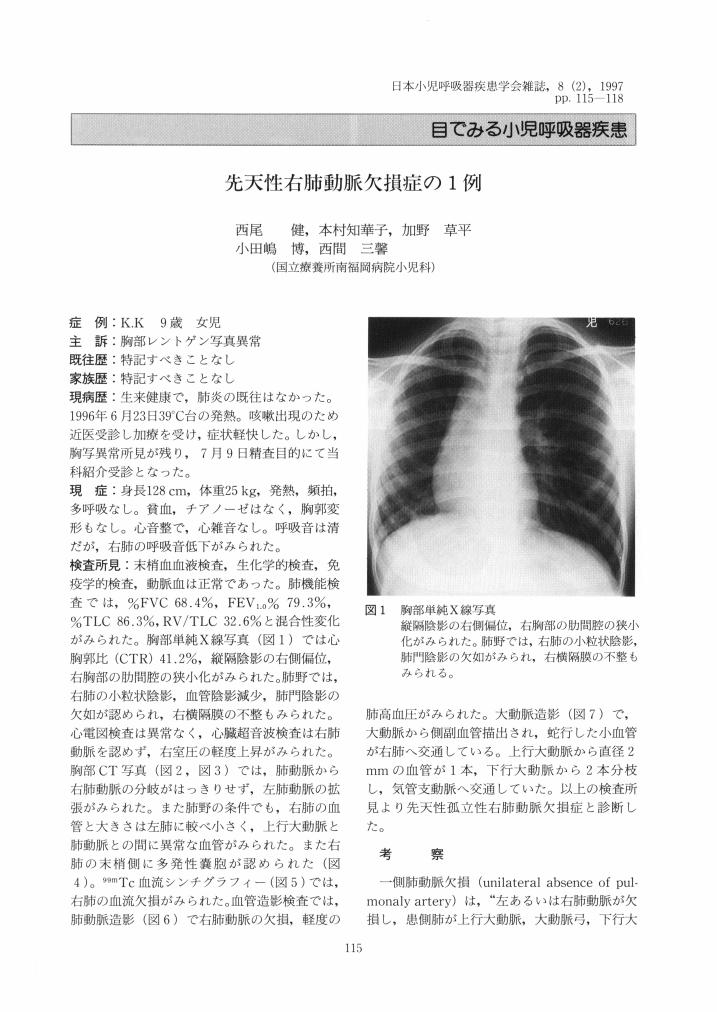2 0 0 0 OA 家庭CO2統計の個票データと機械学習を用いた建築時期別光熱費の実態把握
- 著者
- 西尾 健一郎
- 出版者
- 一般社団法人 エネルギー・資源学会
- 雑誌
- エネルギー・資源学会論文誌 (ISSN:24330531)
- 巻号頁・発行日
- vol.42, no.3, pp.175-184, 2021 (Released:2021-05-10)
- 参考文献数
- 16
This study analyzed the factors causing the difference in the amount of utility bill payments by housing construction period, using micro data of about 9,000 households. The analysis consisted of (1) building a model of gradient boosting decision tree, which is one of the machine learning techniques, (2) identifying contribution of each household and each feature using SHAP value, which is a novel method to improve the interpretability of machine learning, and (3) revealing the breakdown of differences on a macro level by aggregating each contribution. The results showed that the factors that have reduced the amount of payments in recently constructed houses were partly caused by the spread of heat pump water heaters and IH cooking heaters, in addition to the improvement of housing insulation performance. It was also confirmed that the effects of higher efficiency refrigerators and lighting have been steadily increasing.
1 0 0 0 OA 血栓性微小血管症(TMA)と播種性血管内凝固(DIC)の早期鑑別診断
- 著者
- 矢田 憲孝 西尾 健治
- 出版者
- 一般社団法人 日本血栓止血学会
- 雑誌
- 日本血栓止血学会誌 (ISSN:09157441)
- 巻号頁・発行日
- vol.31, no.1, pp.7-16, 2020 (Released:2020-02-22)
- 参考文献数
- 41
血栓性微小血管症(thrombotic microangiopathy: TMA)は血小板減少・臓器障害・溶血性貧血を呈する比較的稀な病態であり,血栓性血小板減少性紫斑病(thrombotic thrombocytopenic purpura: TTP),志賀毒素産生大腸菌による溶血性尿毒症症候群(Shiga toxin-producing Escherichia coli-hemolytic uremic syndrome: STEC-HUS),非典型溶血性尿毒症症候群(atypical HUS: aHUS),二次性TMAに分類される.類似の症状をきたす病態としては播種性血管内凝固(disseminated intravascular coagulation: DIC)の頻度が高く,TMAもDICも早期治療が予後を左右するため,これらの早期鑑別が問題になることがある.血小板減少・臓器障害・溶血性貧血の診療においてはTMAを疑うことが大切であり,そのために最も重要な点は溶血性貧血に気付くことである.溶血性貧血に気付くことが出来れば,ADAMTS13活性など確定診断に必要な検査を提出し,その結果を得るまでにTMAおよびDICの早期鑑別診断を進める.PLASMIC score,腸炎症状,原因疾患,家族歴・既往歴,溶血所見・凝固異常の程度などを指標に可能性の高い疾患を選び出して早期治療を開始しつつ,確定診断が得られるまでは常に他のTMAやDICの可能性も念頭に置いて,治療経過の中で繰り返し判断することが重要である.
1 0 0 0 OA 時間帯別料金による家電利用行動の変化
- 著者
- 西尾 健一郎 向井 登志広
- 出版者
- 日本建築学会
- 雑誌
- 日本建築学会環境系論文集 (ISSN:13480685)
- 巻号頁・発行日
- vol.81, no.729, pp.1025-1034, 2016 (Released:2016-11-30)
- 参考文献数
- 22
- 被引用文献数
- 1
Time-of-use (TOU) rates are one of the electricity rates designed to encourage consumers to shift their electricity usage from peak hours when the grid electricity demand increases to off-peak hours. Compared with other demand response rates such as critical peak pricing, TOU rates are considered to be more modest and acceptable. To evaluate the impact of TOU rates in Japan, the Japanese government conducted a pilot study that analyzed the amount of electricity saved during peak hours in the summer by using metering data; however, little is known about the impact of TOU rates on the awareness and behaviors of electricity consumers. In order to analyze actual behavior changes, we conducted a web-based questionnaire survey of 4,000 households, including those who use and do not use TOU-type tariffs. In practice, there is a non-negligible difference in characteristics such as building and household attributes between TOU users and non-TOU users because of the nature of TOU, for example, TOU users live in relatively larger and newer houses, and the number of households is more than that of non-TOU users. Therefore, we use a statistical method, called propensity score inverse probability weighting (IPW) estimation. This method is categorized as a type of quasi-experiment, which is used when it is difficult to conduct randomized controlled trials. An IPW estimation creates a quasi-homogeneity of covariates, namely, types and ownerships of houses, construction years, floor spaces, satisfaction of insulation property, availability of space-heating by air-conditioners, number of households, and regions. The result shows that more than 60% of the households using TOU are aware of some kind of changes triggered by the differences in the electricity unit price between daytime and nighttime. Typical changes are shift of usage hours from daytime to nighttime, and end use with high awareness rate as a whole with regard to air-conditioners, dishwashers, rice cookers, washing machines, etc. In particular, almost half of the households with dishwashers and washing machines with drying functions are conscious of shift in usage hours. Moreover, a comparison of bihourly weekday usage rates reveals the statistically significant differences in the usage patterns of air-conditioners, clothes dryers, dishwashers, rice cookers, and home bakery machines. These changes are positively accepted by TOU users, as compared with the impressions gained from non-TOU users. Meanwhile, there are appliances whose usage is less likely to be shifted, such as TV. The possibility of behavior changes varies depending on characteristics of the way of use and the functionality, such as timer control. Moreover, the benefits and limitations of the method are discussed. Although it is difficult to elaborate the amount of electricity saved from the data used in this study, a properly managed statistical tool could provide alternative opportunities to understand the mechanism of behavioral changes by using data obtained from the real world.
1 0 0 0 OA 住宅における暖房水準とエネルギー消費量の分析
- 著者
- 岩船 由美子 西尾 健一郎
- 出版者
- 日本建築学会
- 雑誌
- 日本建築学会環境系論文集 (ISSN:13480685)
- 巻号頁・発行日
- vol.75, no.650, pp.371-379, 2010-04-30 (Released:2010-06-14)
- 参考文献数
- 22
- 被引用文献数
- 3 2
Residential energy consumptions for space heating depends on climate conditions, floor areas, dwelling structures, thermal insulation performances, types of heating supply systems, inhabitant preferences. A standard indicator of space heating services independent of above conditions is advanced based on actual measurement values on 61 dwellings in Japan area on this paper. The indicator is calculated using average room temperatures during a space heating period, room floor areas and numbers of space heating days. A space heating efficiency in a dwelling can be analyzed by examining the correlation between the indicator and energy consumption. The dwellings having electric storage thermal heating systems or electric boilers consume larger energy for their space heating standards. An efficiency of a space heating by air conditioners cannot be observed in this study.
1 0 0 0 OA 国立療養所南福岡病院における実態と対策(シンポジウム10 喘息死の動態および対策)
- 著者
- 小田嶋 博 西尾 健
- 出版者
- 一般社団法人 日本アレルギー学会
- 雑誌
- アレルギー (ISSN:00214884)
- 巻号頁・発行日
- vol.52, no.8-9, pp.773, 2003-09-30 (Released:2017-02-10)
1 0 0 0 OA 先天性右肺動脈欠損症の1例
- 著者
- 西尾 健 本村 知華子 加野 草平 小田嶋 博 西間 三馨
- 出版者
- 日本小児呼吸器疾患学会
- 雑誌
- 日本小児呼吸器疾患学会雑誌 (ISSN:09183876)
- 巻号頁・発行日
- vol.8, no.2, pp.115-118, 1997-12-01 (Released:2011-01-25)
- 参考文献数
- 8

